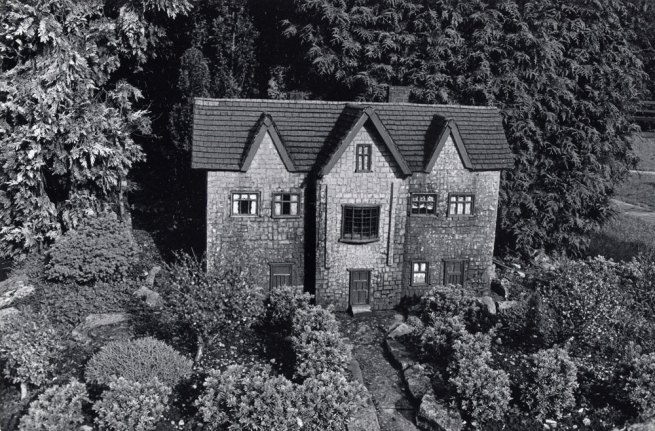Art and Text, no. 55, 1996. Review, Peter Peryer: Second Nature, City Gallery Wellington, 1996.
In New Zealand in the 1970s, Peter Peryer made his name as an expressive photographer producing angst-ridden portraits. A change of heart in the early 1980s saw him adopt a more formalist approach, treating miscellaneous subjects in a more documentary but still quirky way. This touring exhibition, Second Nature, surveys Peryer’s output since the mid-1970s, focusing mostly on his later, seemingly lighter work. Curated by Gregory Burke and Peter Weiermair, it is part of a larger project introducing contemporary New Zealand art to Germany.
At first glance, Peryer appears to be an old-fashioned, even conservative, photographer. His relatively small black-and-white images contain few tell-tale contemporary references, but look, overall, as if they were made earlier in the century. Rather than treading new ground, Peryer reprises moments and manners in the history of photography. New objectivity and Moholy-Nagy are reference points, but so too are various non-art vernaculars, like botanical and catalogue photography, National Geographic, and scenic postcards. Peryer’s photographs typically offer an understated sense of quotation devoid of clear or pointed irony.
Peryer rarely stages full-scale exhibitions, preferring instead to drip-feed curiously loaded images into the scene. His irregular output demands that his blunt, deadpan images be closely scrutinised for their links to previous work. Odd subjects are cross-referenced via similarities in treatment, yet the outcome of these correspondences is constantly deferred. Similarly, while animals are a recurrent motif, their treatment betrays little consistency. Peryer’s animals can be live, slaughtered, fluffy, creepy, eating other animals, literal, allegorical, under the knife, in a zoo, made of concrete, or carved in sand.
Despite his eccentricity and mannerisms, Peryer seems rather taken with his raw material. For the show’s New Zealand tour he has added caption labels so matter-of-fact and so literal as to appear positively naive. Janet’s Hand (1993), for instance, is captioned ‘This super-flexible hand belongs to Janet, a yoga teacher’, while One Tree Hill (1992) bears the inscription, ‘For entertainment people often rearrange the stones in this volcanic crater’. In this way the show becomes a kind of touristic photo album, documenting odd items collected along the way.
Tourism and death are key concepts for Peryer. Not only does this chronologically ordered show take us on a journey, but many of the subjects are grounded in the history of New Zealand postcard imagery. Peryer has a preference for overexposed vistas: waterfalls, snowy peaks, farm scenes, zoos. Some subjects, like the model pa at Whakarewarewa, were even invented with tourists in mind. Though it appears authentic, the pa is already a representation—installed as part of a government tourism scheme—displaying a way of life thought to be dying out. The model pa is already inherently photographic, culturally frozen in time. Similarly, the rigid pose of his much-reproduced Dead Steer (1987) anticipates its arrest by the camera. Peryer articulates the complicated intertwining of photography and cultural location, which in this instance is New Zealand as former colony and modern social experiment.
.
[IMAGE: Peter Peryer Home 1991]
